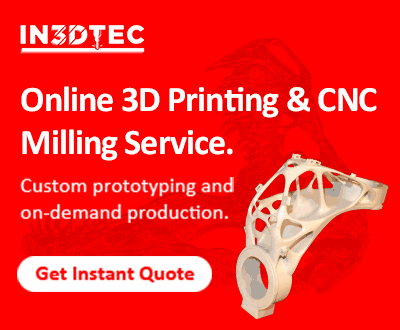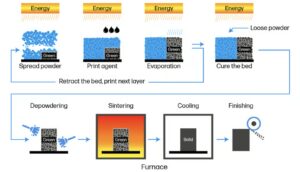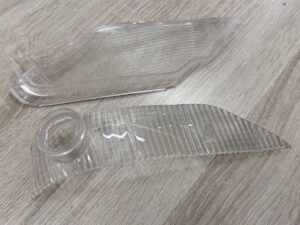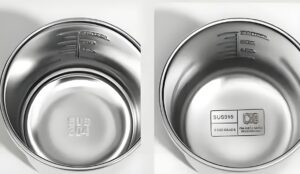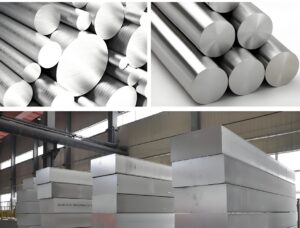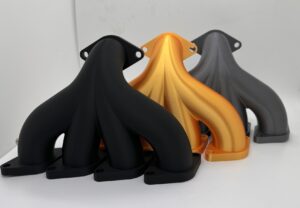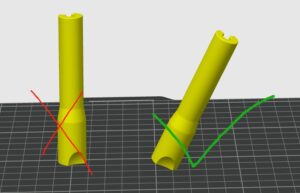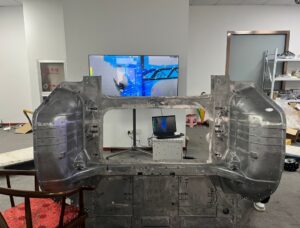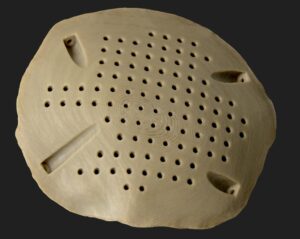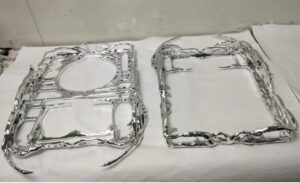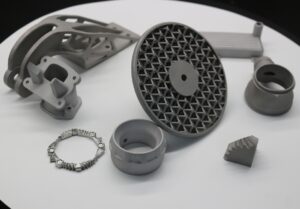Exploring the Different Types of 3D Scanners: Which One is Right for You?
3D scanners are powerful tools for capturing the physical geometry of objects and transforming them into precise digital models. From industrial manufacturing to medical imaging, these devices play a crucial role in various industries. However, with a wide range of 3D scanner types available, choosing the right one can be daunting.
In this blog, we’ll break down the different types of 3D scanners, how they work, and their ideal applications to help you decide which one best suits your needs.
1. Structured Light Scanners
How They Work:
Structured light scanners project a pattern of light (typically stripes) onto an object. Cameras capture how the pattern deforms over the object’s surface, and software calculates the 3D geometry.
Advantages:
- High accuracy and resolution.
- Fast scanning speeds.
- Non-contact, safe for delicate or fragile objects.
Applications:
- Quality control in manufacturing.
- Reverse engineering.
- Medical imaging (e.g., prosthetics).
Limitations:
- Sensitive to lighting conditions.
- Limited range; better suited for small to medium-sized objects.
2. Laser Scanners
How They Work:
Laser scanners use laser beams to capture an object’s surface. A laser line or dot sweeps across the object, and sensors record the reflected data to generate a 3D model.
Advantages:
- High precision.
- Can capture fine details.
- Works well on reflective surfaces.
Applications:
- Automotive and aerospace part inspections.
- Cultural heritage preservation.
- Industrial design and prototyping.
Limitations:
- Slower than structured light scanners.
- Can be expensive.
3. Photogrammetry
How It Works:
Photogrammetry involves taking multiple photographs of an object from different angles. Software analyzes the images to create a 3D model.
Advantages:
- Affordable (uses standard cameras).
- Suitable for large objects and environments.
- Highly portable.
Applications:
- Archaeology and architecture.
- Game and movie asset creation.
- Mapping and surveying.
Limitations:
- Time-intensive processing.
- Requires good lighting and camera skills for best results.
- Lower precision compared to laser or structured light scanners.
4. Time-of-Flight (TOF) Scanners
How They Work:
TOF scanners measure the time it takes for a laser or light pulse to travel to an object and back. This data is used to calculate distances and create 3D models.
Advantages:
- Ideal for large-scale scanning (e.g., buildings, landscapes).
- Fast scanning over large areas.
Applications:
- Architecture and construction.
- Film and video game environments.
- Infrastructure planning.
Limitations:
- Lower resolution for fine details.
- Limited accuracy at close range.
5. Handheld 3D Scanners
How They Work:
Handheld scanners are portable devices that use technologies like structured light or lasers. They allow for manual scanning of objects and environments.
Advantages:
- Highly portable and versatile.
- Can scan objects of varying sizes.
- Suitable for on-site scanning.
Applications:
- Automotive and aerospace.
- Forensics and crime scene documentation.
- Product design and prototyping.
Limitations:
- Dependent on operator skill for consistent results.
- Accuracy can vary compared to stationary scanners.
6. Desktop 3D Scanners
How They Work:
Desktop scanners are compact devices designed for scanning small objects. They typically use structured light or lasers.
Advantages:
- High precision and detail.
- Easy to use.
- Ideal for scanning small, intricate objects.
Applications:
- Jewelry and small product design.
- Dental and medical modeling.
- Education and research.
Limitations:
- Limited to small objects.
- Less portable than handheld scanners.
7. CT Scanners
How They Work:
CT (Computed Tomography) scanners use X-rays to capture detailed cross-sectional images of an object. These images are compiled into a 3D model.
Advantages:
- Captures internal structures.
- High accuracy and detail.
Applications:
- Medical imaging.
- Material analysis and quality control.
- Reverse engineering complex components.
Limitations:
- Expensive and bulky.
- Requires specialized training to operate.
8. LiDAR Scanners
How They Work:
LiDAR (Light Detection and Ranging) scanners emit laser pulses and measure their reflection to map large areas.
Advantages:
- Excellent for long-range scanning.
- Works well in outdoor environments.
- Can capture complex terrains.
Applications:
- Urban planning and infrastructure.
- Forestry and environmental monitoring.
- Autonomous vehicles.
Limitations:
- Lower resolution for small objects.
- High cost of equipment.
Choosing the Right 3D Scanner
When selecting a 3D scanner, consider the following factors:
- Object Size: Small objects might require desktop scanners, while large-scale environments need LiDAR or TOF scanners.
- Required Precision: Applications like jewelry or quality control demand high accuracy, often provided by laser or structured light scanners.
- Budget: Photogrammetry is cost-effective but requires more manual effort, while advanced laser or CT scanners are expensive but highly precise.
- Portability: Handheld scanners are ideal for fieldwork or on-the-go scanning.
Before considering the purchase of a 3D scanner, you may want to explore whether partnering with a professional 3D printing service provider could help reduce costs. While 3D scanning itself is straightforward, the subsequent reverse engineering process requires specialized expertise.
As a company that has been operating in the 3D scanning field since 2014, IN3DTEC has accumulated extensive industry experience.
Conclusion
The world of 3D scanning is vast and varied, offering solutions for nearly every industry and application. Whether you’re reverse engineering parts, preserving artifacts, or creating immersive digital environments, there’s a 3D scanner that fits your needs.
By understanding the capabilities and limitations of different scanner types, you can make an informed choice and unlock the full potential of 3D scanning technology.
Read more: Top 10 3D Scanners in 2024


